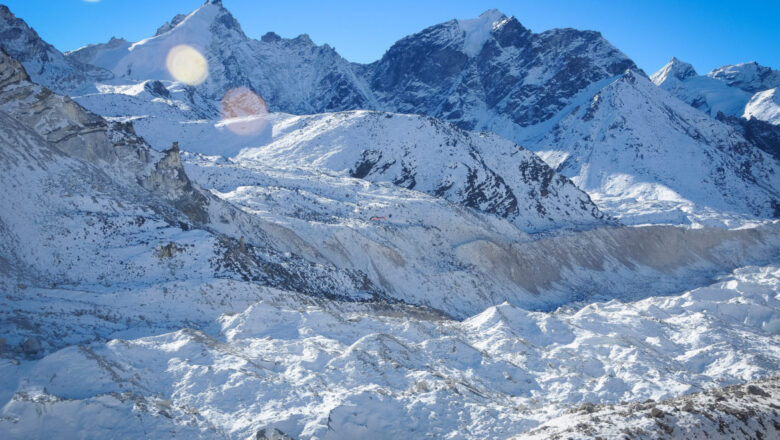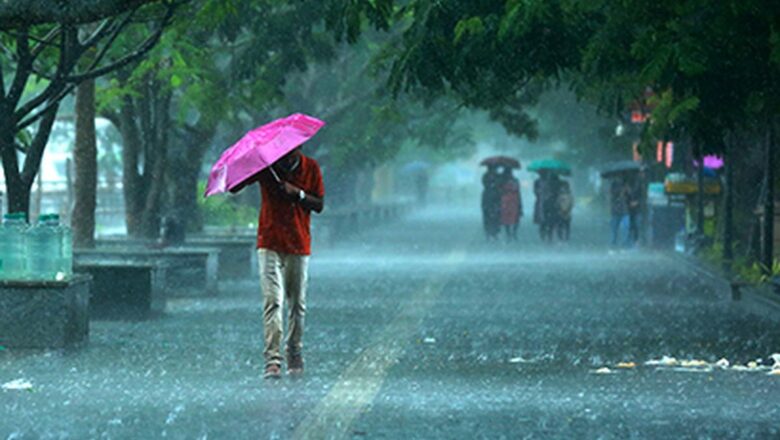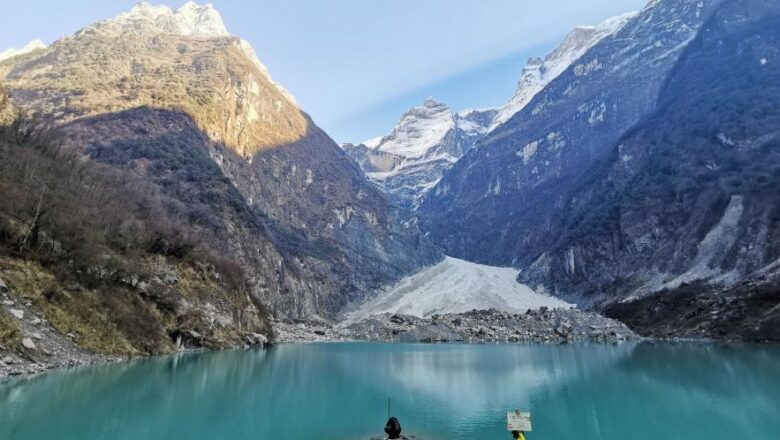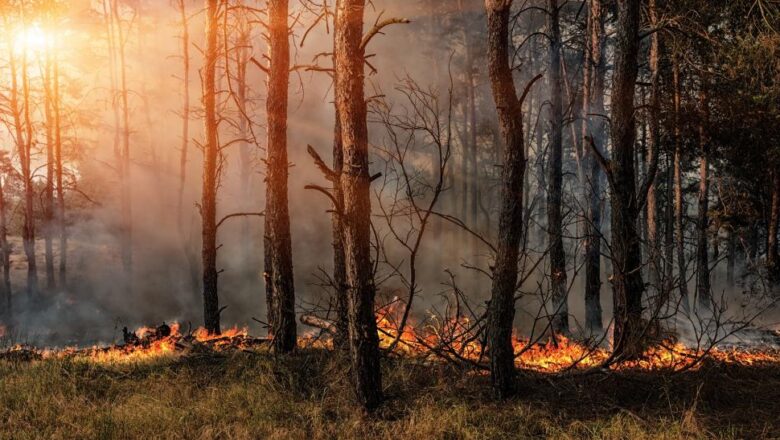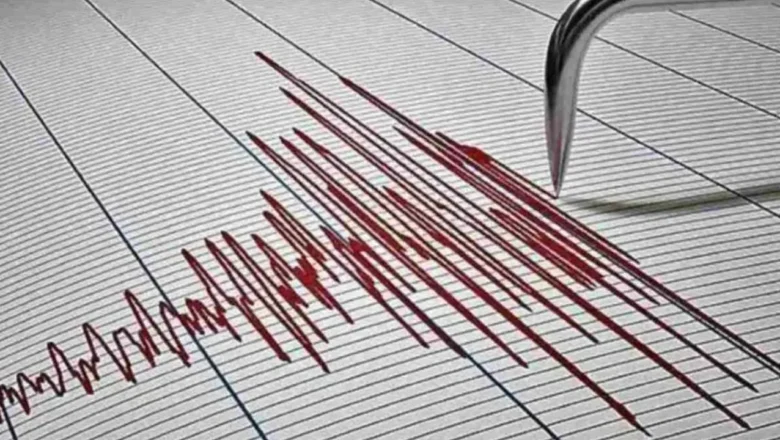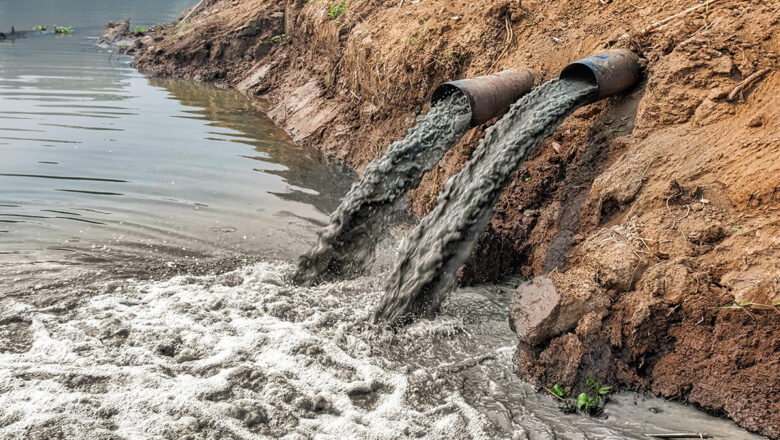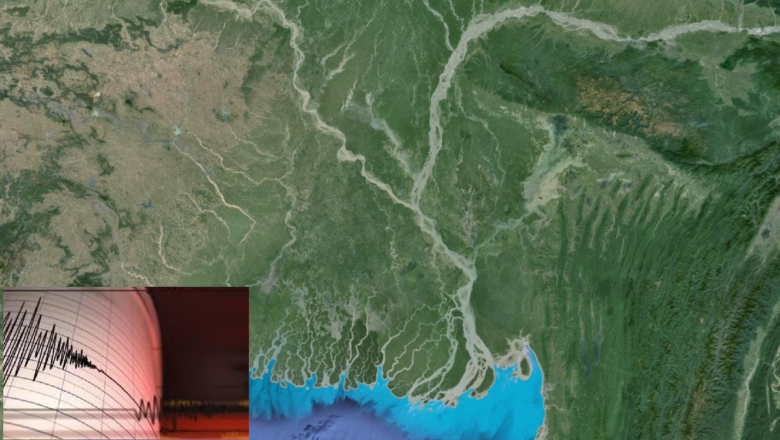
Ganga Rivers has Likely Altered their Course due to the mega earthquake occured in 2,500 Years Ago: New Study Reveals
In a groundbreaking discovery, researchers have revealed that an earthquake approximately 2,500 years ago may have caused the Ganga River to abruptly change its course. This seismic event, which was previously undocumented, is believed to have been of a magnitude 7-8 and could have significantly altered the landscape of present-day Bangladesh.
The study, published in the journal Nature Communications, suggests that the earthquake was powerful enough to reroute the main channel of the Ganga, one of the most significant rivers in the world. The Ganga, which originates in the Himalayas, eventually merges with other major rivers, including the Brahmaputra and the Meghna, before flowing into the Bay of Bengal. This river system forms the world’s second-largest delta, surpassed only by the Am...

